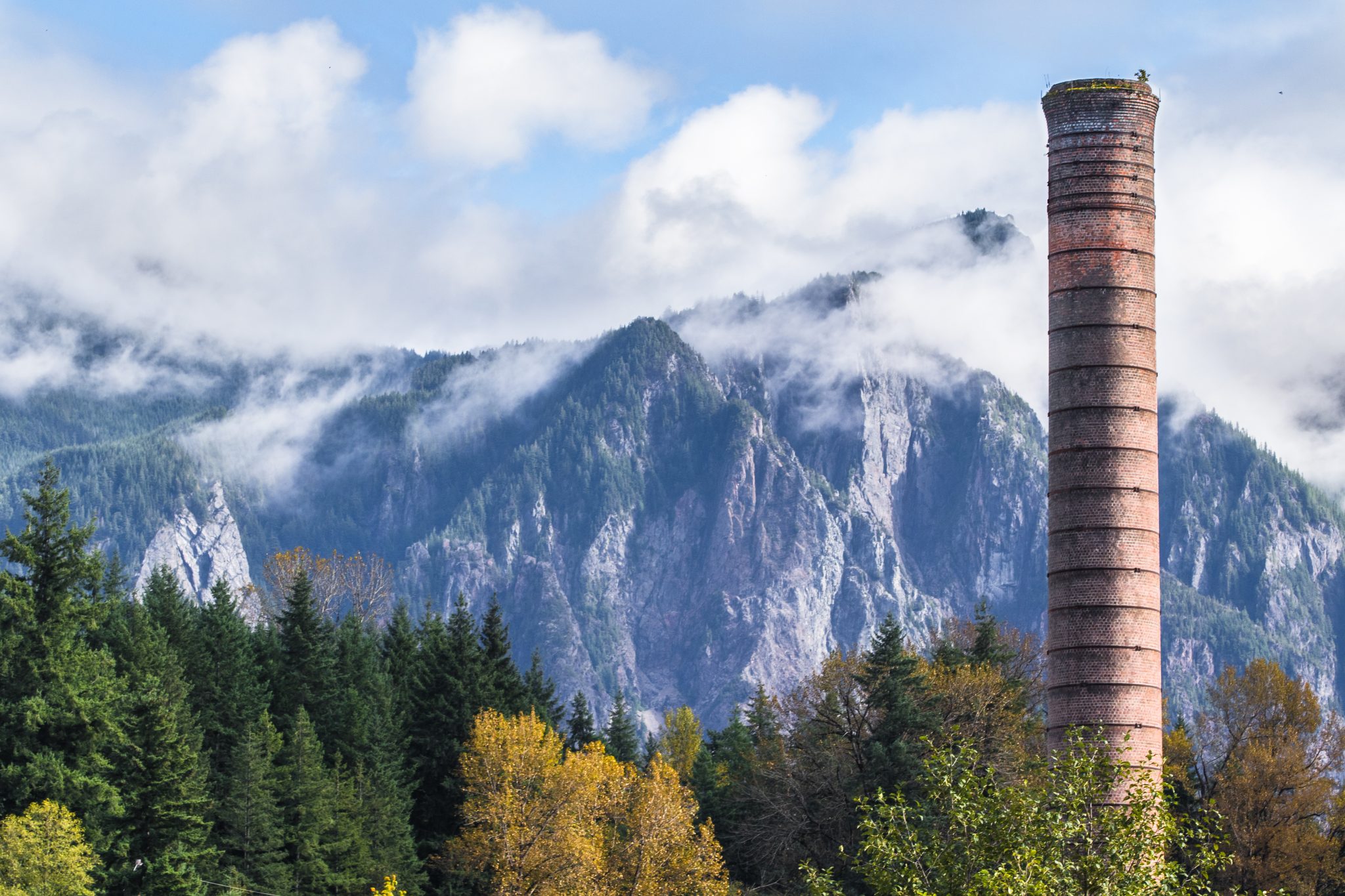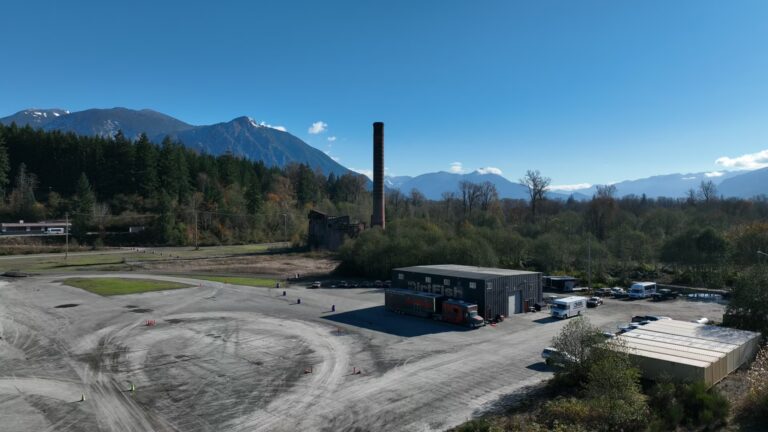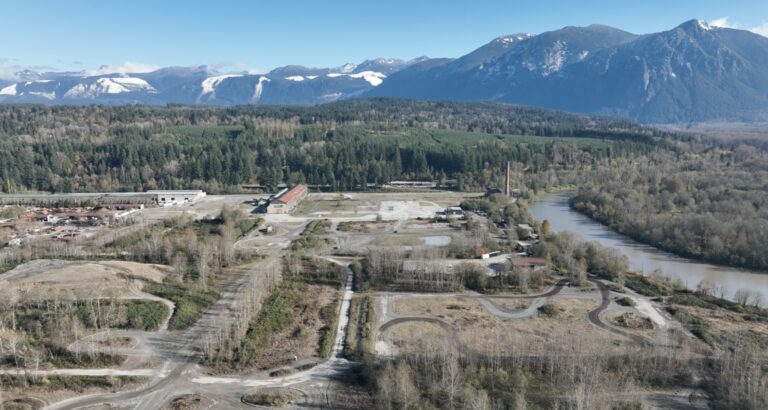

The History of the Snoqualmie Hop Ranch
Honoring the women of Snoqualmie who stepped up during WWII.
While commercial hops are of European origin, they were first grown in North America in 1629, with the sole purpose of flavoring and preserving beer. Before the development of the iconic Snoqualmie Falls Lumber Company, the major industry in the Upper Valley was the Snoqualmie Hop Ranch, once the world’s main site for growing hops and exporting resources for the production of beer globally.
The founder was Captain George Warren Gove, who is the namesake of Gove Street in Snoqualmie Ridge. Captain Gove is considered a pioneering mariner in the Northwest, having built and commanded the local steamers Gleaner, May Queen and Glide – some of the first steamers on Puget Sound and associated rivers.
In 1882, Captain Gove went into a corporate partnership with Richard Jeffs and D. K. Baxter to purchase approximately 1,200 acres of land above Snoqualmie Falls. The trio knew this land had great potential and planned on growing hops in their new space. Their land was in between what would eventually become the towns of Snoqualmie and North Bend.
Their ranch saw great success, and soon the Snoqualmie Hop Ranch was named “The Largest Hop Ranch In The World.” At its peak, it took almost 2,000 pickers to harvest the crop with the picking taking about two months. Many stayed longer than the necessary time to participate in traditional social networking, trading and additional farming opportunities. Their camp was on the island formed by what is now the slough by the Mount Si Golf Course and encompassed the current Snoqualmie Dog Park.
While the Snoqualmie Hop Farm had been sold by 1900, 460 acres of the original hop ranch are still protected open space at Meadowbrook Farm Park, owned jointly by the cities of Snoqualmie and North Bend and managed by the Meadowbrook Farm Preservation Association. As we prepare for the development of the Snoqualmie Mill site, we look to these stories of innovation and resourcefulness as inspiration. In revitalizing this land, our goal is to celebrate and honor the pioneers of the city of Snoqualmie and carry on the legacy of providing for our community and beyond.
Materials and credit for this blog post are attributed to Dave Battey, the Official Historian for the City of Snoqualmie and the Snoqualmie Valley Historical Society.


